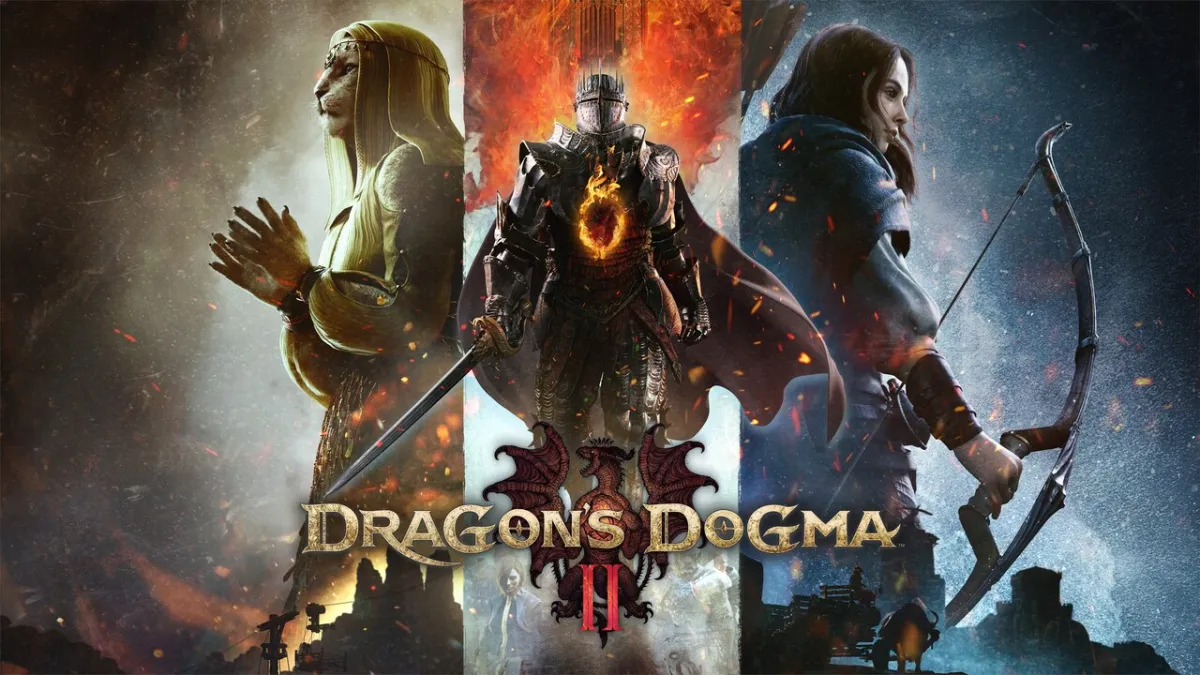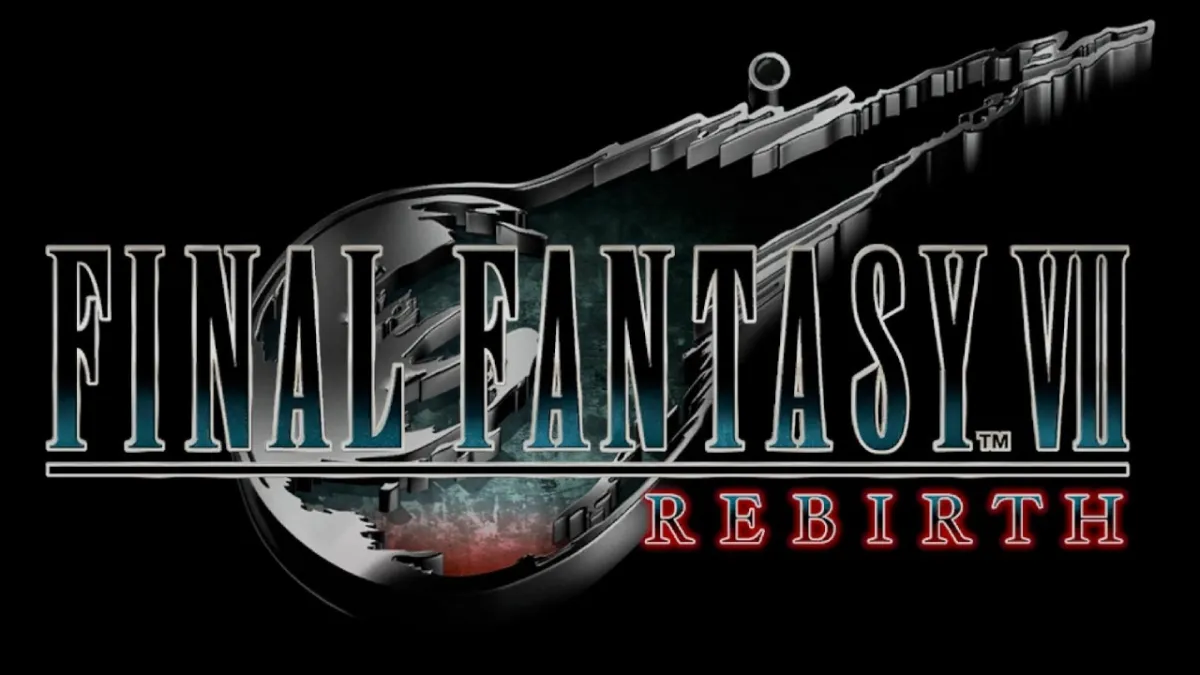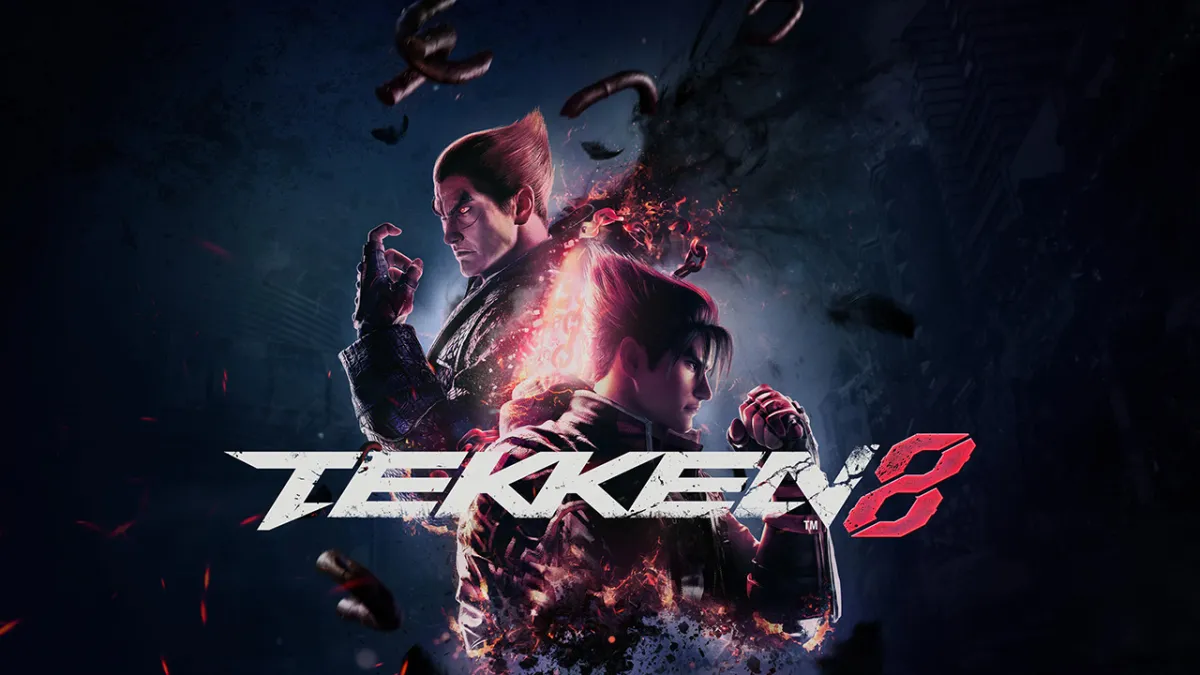Absent for more than half a decade, SoulCalibur 6 seeks to leave its mark on history once more, retelling the tale of souls and swords that propelled it into the limelight back in the ’90s.
The Soul series has always been unique amongst its contemporaries within the fighting game genre, distancing itself from the typical hand-to-hand combat found in most other titles and replacing it with a weapon-based one inspired by Battle Arena Toshinden (1995). However, whereas that series eventually petered out and vanished in the years that followed, Soul thrived and quickly went on to become a part of even the average fighting game fan’s lexicon.
There are many reasons attributable to that outcome, whether it’s the punishing combat, memorable characters and story, robust arcade scene (Edge & SC 1-3) or even the iconic announcer; though chances are it was a combination of all the above.

Unfortunately, it could be said that the series peaked too soon, reaching its height with SoulCalibur 2 (2002) and slowly starting to decline thereafter. SoulCalibur 3 (2005), though refined, suffered from issues that weren’t addressed until later in its life cycle; SoulCalibur 4 (2008), on top of introducing the loathed Critical Finish, had poor netcode, and then there was SoulCalibur 5…
SoulCalibur 5 (2012) is what happens when you do too much at once — everything is either half-assed or unfinished. Admittedly, the online was great and CaS (Create a Soul) was the best it’s ever been; but on the other side of the spectrum, the character balance was off, the story was riddled with numerous plot holes and all the iconic characters that players had become attached to over the years were gone, with bootleg carbon copies taking their place.
Honestly, I wouldn’t have been surprised if the series ended then and there (and I was prepared for that to be the case); so imagine my shock when SoulCalibur 6 was announced in late 2017, bringing back the beloved franchise that captured the hearts of so many over two decades ago.
And it is now back with a vengeance, putting the series’ iconic zero-sum nature on full display.

Dynamic and cerebral, battles in SoulCalibur 6 demand that players constantly assess their options at any given moment and weigh them against those of their opponent. Knowing what you can do — and whether you should actually do it — is critical to your success and will most assuredly spell the difference between victory and defeat. Should I mix things up by having Siegfried quickly change his stance? Can I catch the enemy slipping and have Ivy use her command throw? Should I expend some of my Soul Gauge with Geralt to activate one of his signs and deal further damage or apply pressure, or use a full meter for Soul Charge? How about I just end this and knock the opponent off the arena? These are the sort of questions you’ll be asking yourself and they’ll be coming a mile a minute.
Of course, as is customary with most fighting games, getting to that point will take quite a bit of effort; and it will take even more than what some might be used to since the game lacks in-depth tutorials that go beyond the basics.
To be clear, the absence of such tutorials is nothing new for the Soul series, but such a format feels rather antiquated in an era where even failed fighting games (Marvel vs. Capcom: Infinite) and ones some don’t acknowledge as a fighting game (Dead or Alive) still have them. Sure, you’ll get an introduction to entry-level concepts such as the various basic attacks and how to counter them, before going into further detail with techniques like Reversal Edge, a new mechanic which allows the user to parry attacks and triggers a slow-motion exchange with a single button input from each player; Guard Impacts, which repels the opponent’s attack and puts them in a vulnerable state; along with Break Attacks, which counters both, but you don’t get that when it comes to the characters — instead, there are brief primers that you constantly have to reference in the pause menu.

And it’s particularly damaging in SoulCalibur 6 when compared to other titles because each character’s unique properties and talents are what helps give this game an extra level of depth. Voldo and Astaroth can escape back throws; Seong Mi-na’s attacks have different properties depending on her range; Yoshimitsu can increase his own Soul Gauge by stealing from the opponent’s. All 19 base characters (21 if including DLC and hidden) have special features that make playing them a unique experience — even among those who should be very similar like Siegfried and Nightmare. Proper tutorials would have been great to help see exactly each character is capable of — or at least get a taste of it.
So how is one expected to get a feel for their characters with the absence of a tutorial? Arcade mode works, as does Training Mode (really well if you know how to tweak conditions and parameters, in fact); but if you want everything the game has to offer, then you’re best served heading to the game’s two story-based modes: Soul Chronicle and Libra of Souls.
As a reboot, SoulCalibur 6 retells the same story as the original, but with a level of finesse and depth that was missing in the previous title. Once again, we witness the moment at the conclusion of Soul Edge when Siegfried picks up the Soul Edge — known as the Evil Seed incident — which throws the world of the 16th Century into disarray. Soul Chronicle and Libra of Souls tells the tale of what occurs afterward.

Soul Chronicle is split into several short episodic stories, each focusing on at least one character. The main one looks directly at the aftermath of the Evil Seed incident, telling the story of the game’s three main protagonists — Kilik, Xianghua and Maxi — as they travel across Asia and Europe in order to locate and destroy the Soul Edge; while the rest focus on individual characters and what they were doing at the time.
Each story does an effective job of delving into the histories of each character, allowing you to gain further understanding about their connection to the overarching story. For instance, Ivy Valentine is portrayed as a villain in the main story, but we learn through her individual one that she was pretty much tricked into her role and isn’t as evil as once thought. In a similar vein, these episodes also allow us to see the affairs of characters like Raphael, Talim and Zasalamel who weren’t present at this point in the original timeline.

Meanwhile, Libra of Souls thrusts players into a larger story using the game’s CaS feature. You play as a being known as the Conduit who, at the instruction of Zasalamel, is tasked with finding a variety of mysterious fissures that formed following the Evil Seed incident or risk their untimely demise. During the course of this endeavor, you’ll become wrapped up in a conflict between newcomers Groh and Aswel, as well as meet other members of the main cast (these meetings will be listed and referenced in Soul Chronicle) and deal with smaller scale incidents that have arisen following the conclusion of Soul Edge.
Libra of Souls inherits the spirit of SoulCalibur 3’s Chronicles of the Sword mode sans the strategy component, adding various RPG elements to the game’s usual formula. As you complete missions (some with special conditions such as slippery floors or some attacks being ineffective), your character will gain gold, which can be used to purchase new weapons and food for bonus effects, hire mercenaries to take their place at the start of a fight or exchanged for in-game currency that unlocks new clothes for CaC and entries in the Museum, as well as experience points, which goes toward increasing their total health and range of weaponry they can s/he can equip once they level up.
Overall, I felt this mode was weaker compared to Chronicles of the Sword due to the absence of classes and strategic components; but between the aforementioned RPG elements, morality system for changing some of the missions you can unlock, various enchantments that can be attached/transferred to other weapons and sheer number of missions, this mode packs enough content to last for many hours and even warrant additional playthroughs.

Though if I were to levy a complaint against it — which really extends to the CaS feature in general — it’s that there are no CaS-unique weapon styles anymore (Grieve Edge, Lance, Steel Fan, etc.). From a narrative perspective, it’s far-fetched that random characters — including a simple bandit — can somehow use weapons with the same level of expertise as one of the series’ legendary characters (this seemingly includes DLC characters, because I’ve seen NPCs use Tira’s weapon despite me not having her); while from a gameplay perspective, it eliminates any sense of individuality that your character — or any special character for that matter — could have theoretically enjoyed.
That said, both modes work well in tandem to expand the lore and add further context to the overarching story. Characters like Rock, Edge Master or Hwang might not have made the cut, but at we least we see them in some capacity (for the most part) and know what they’re up to. Similarly, the inclusion of SoulCalibur 2 characters (Raphael and Talim) gives us an opportunity to see events that were occurring during the course of the original game as they unfold, rather than in retrospect.
All of this means that there are a surprising number of additions that could make their way into the game at a later date. Talim is already in, so why not add Cassandra (who also appears during Sophitia’s story) too? Tira is available as DLC, so why not do the same with characters like Setsuka, Hilde or Viola later down the line?
The options are there — it’s just a matter of whether Project Soul and Bandai Namco decides to go in that direction.

The Verdict
SoulCalibur 6 is a brilliant return to form for the series, combining a robust single-player campaign and intense, dynamic combat to bring the franchise to a level it hasn’t been at in years. The barrier for entry might be somewhat high, but it makes the feeling of clearing it all the greater.
I’m interested in seeing where the series goes from here — assuming it’s going anywhere at all. The story is rebooted and already has connections to both 2 and 3; so will the next hypothetical game skip those events and head straight to 4’s, go in order again or tell a new story altogether? The past is great and all, but after seeing what was done here, I can’t help but feel excited about what comes next.







